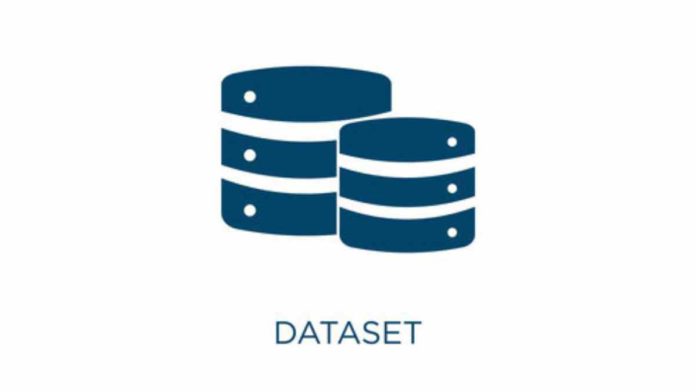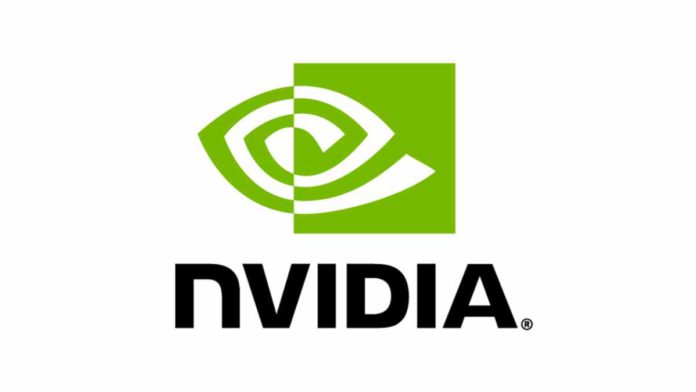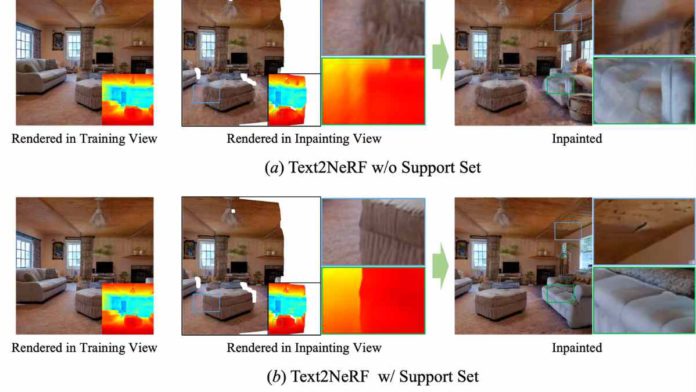AWS Premier Partner Nextira, which uses AWS to provide clients with predictive analytics, cloud-native innovation, and immersive experiences, has been acquired by Accenture.
In addition to assisting clients in using the complete spectrum of cloud tools and capabilities, these services and solutions will strengthen Accenture Cloud First’s strong set of technical capabilities. The deal’s financial details were not made public.
The almost 70 workers of Nextira, an Austin, Texas-based company founded in 2008, will join the Accenture AWS Business Group, a group of more than 20,000 certified specialists committed to maximizing enterprise-wide transformation at speed and scale.
Read More: Microsoft Announces AI Personal Assistant Windows Copilot for Windows 11
With the use of cutting-edge engineering expertise, artificial intelligence, machine learning, and data analytics, Nextira creates cloud-based solutions and services that let customers plan, create, roll out, and improve their high-performance computing environments. Additionally, clients have access to a virtual environment to effortlessly create and render 3D models utilizing the most recent rendering technologies, thanks to Nextira’s unique Studio in the Cloud solution on AWS.
The cloud has essentially replaced the operating system for many businesses, providing all operations required for growth, innovation, and success. The rapidly expanding number of applications and services built on AWS will be able to immediately incorporate AI capabilities because of Nextira’s platform engineering experience and AI and machine learning services.
“We will combine Nextira’s AI, machine learning, and data and analytics capabilities with Accenture’s approach to use modern data platforms on cloud,” said Karthik Narain, worldwide head for Accenture Cloud First. “With the help of these, our clients will be able to develop new applications and services, offer cutting-edge consumer and employee experiences, and support the expansion of their upcoming product and market lines.”











